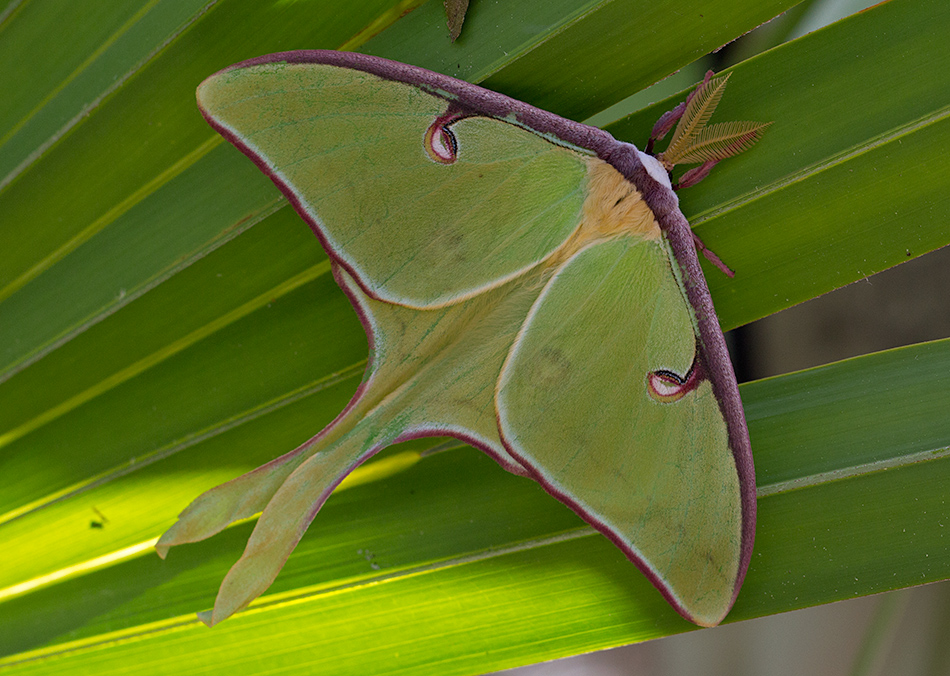In the beginning of April, we followed the winding and narrow road partway up Lookout Mountain, near Chattanooga, to a small pullout with room for about 4 cars to park. The trailhead kiosk is barely visible from the road, as the trail quickly drops down below the road and takes you for a short walk to Glen Falls. Stone steps and a small tunnel let you climb above the falls.
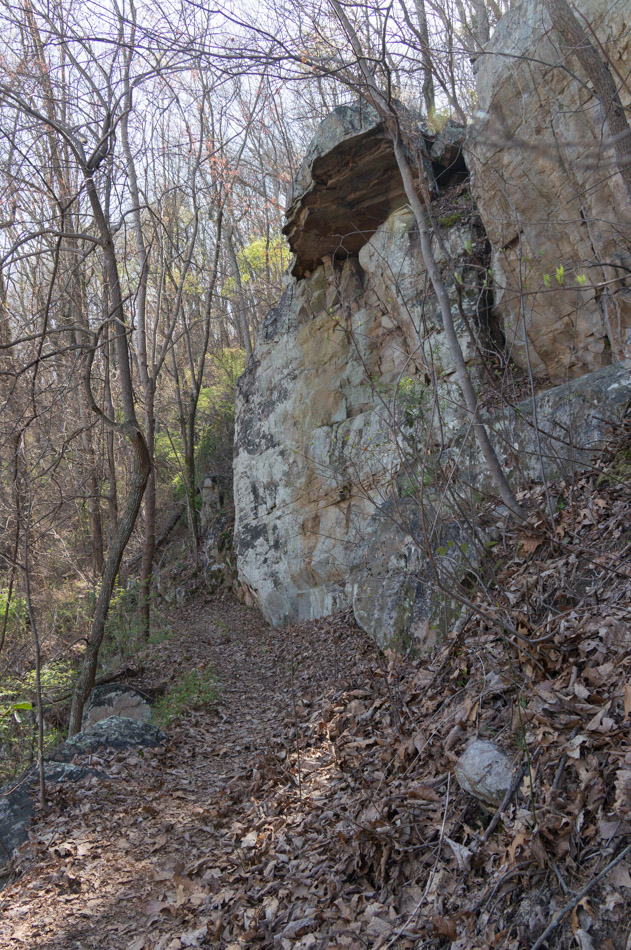
We did not see many creatures with spring just starting at the time, but we did see a millipede and a dusky wings.


It’s been a while, hasn’t it? We’ve not yet perished in a tragic hang-gliding accident, but a few weeks ago we did visit Florida Caverns State Park.
It was quite a drive for us, but it was one of the coolest places we’ve yet visited.
The park itself is a strange mix of Northern flora and Florida-typical habitat, with boulders of limestone everywhere and as the name of the park suggests caves both great and small were abundant. (by quoderat)
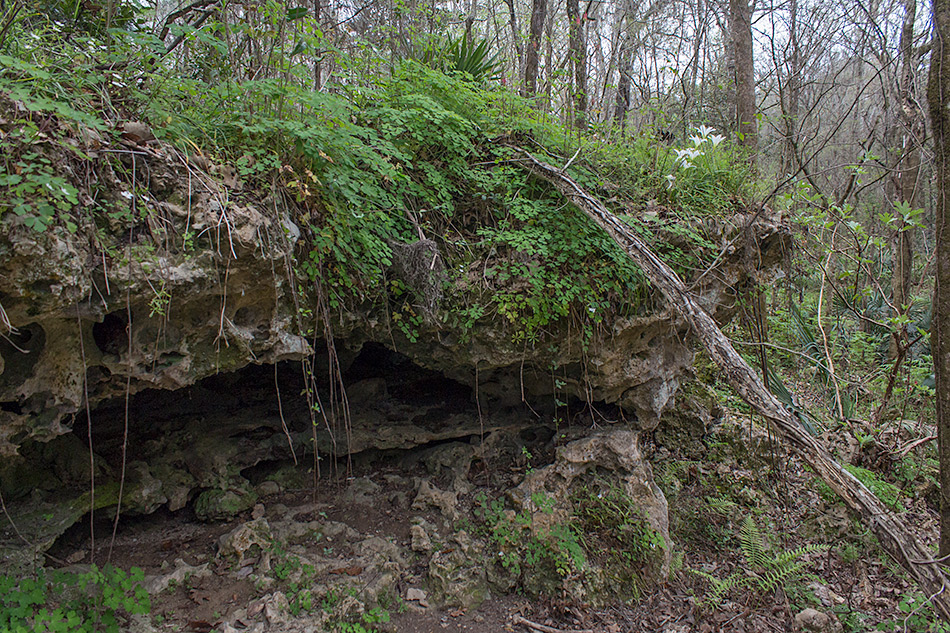
Many species of wildflowers were in full bloom; rain lilies carpeted the forest floor. (by quoderat)

Trillium was also common. (by zanna)
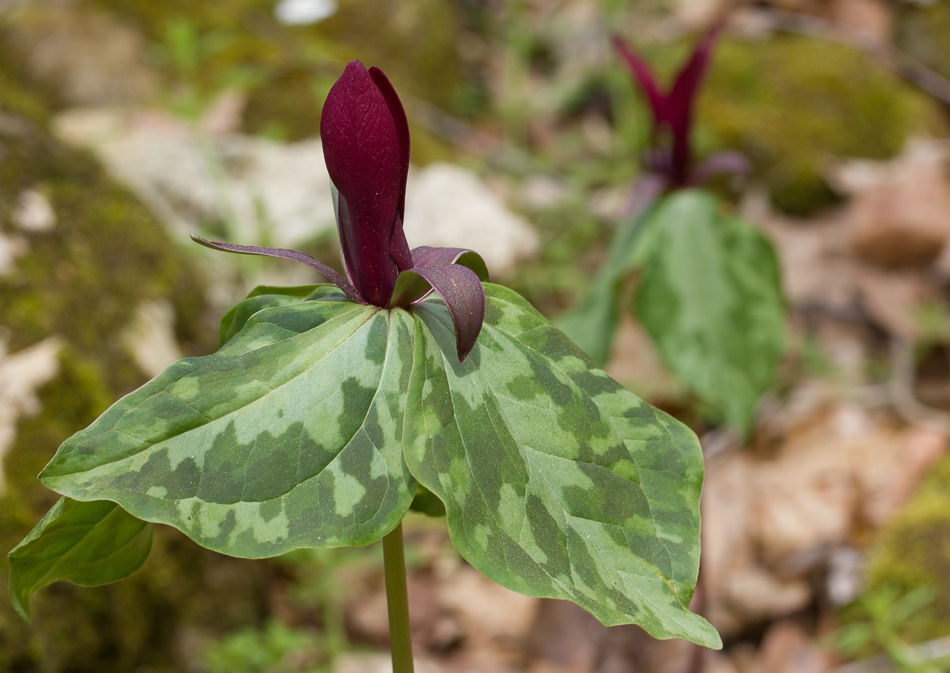
As was columbine. (by zanna)

The official caverns tour was better than we expected it to be. All of the formations were quite impressive, especially considering how long it takes even the smallest stalactite or stalagmite to form. (both photos by quoderat)

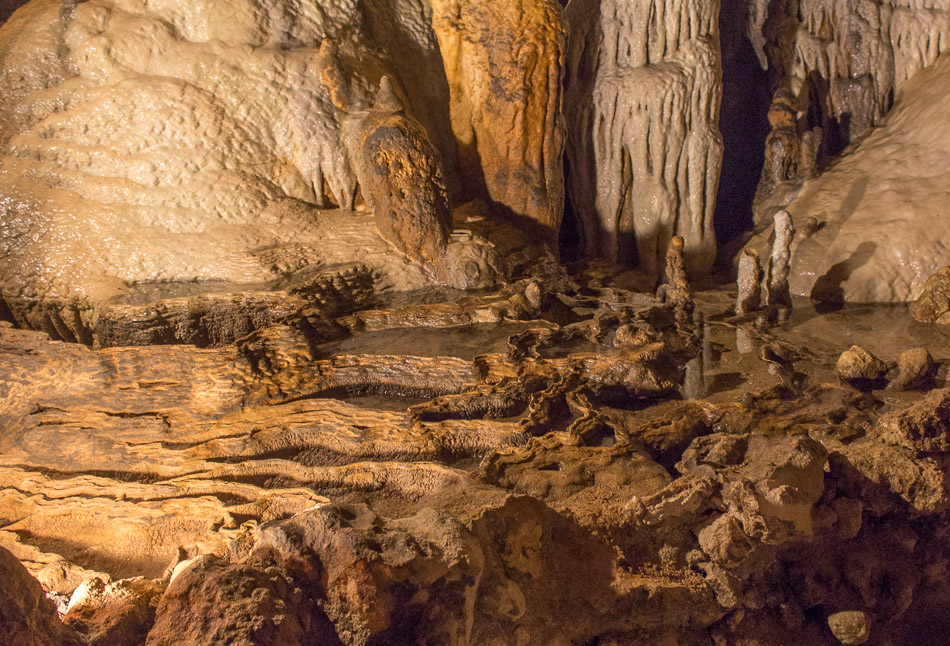
The primary attraction at Wes Skiles Peacock Springs State Park is the extensive underwater cave system, with nearly 33,000 feet of underwater passages. I think our vehicle was the only one in the parking area that was not carrying oxygen tanks.
There are two entry points to the caves, with other sink holes in the area connecting to the same water table. This is the orange grove sink entry. (by zanna)

Here you can see the limestone karst. (by quoderat)

This frog was on the ramp down to the water. (by quoderat)

For those who are not getting in the water, there is a very pretty 1.2 mile trail through the forest with signs about the caves below you and the surrounding plants.
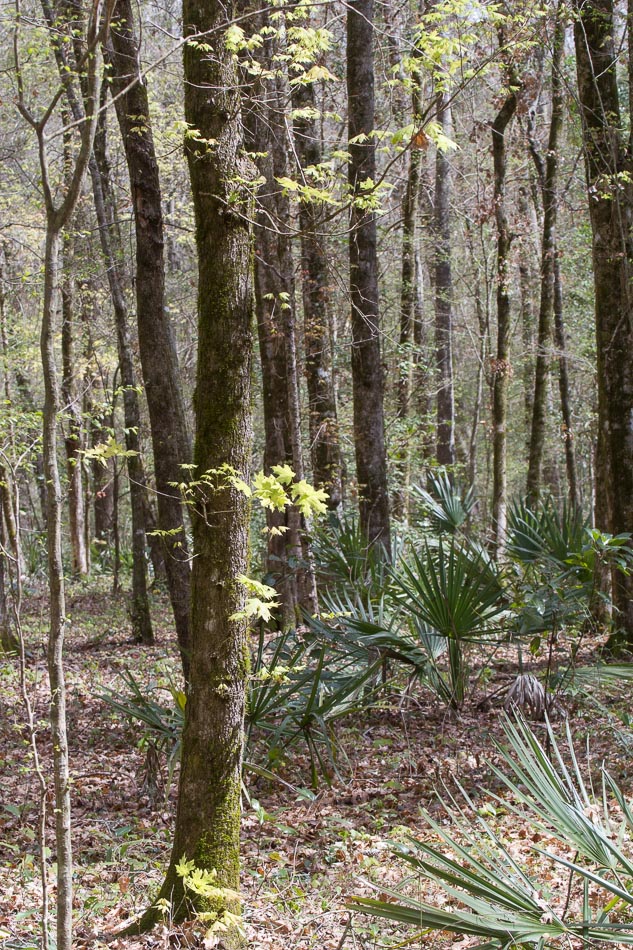
These common wood violets were indeed common on the trail.
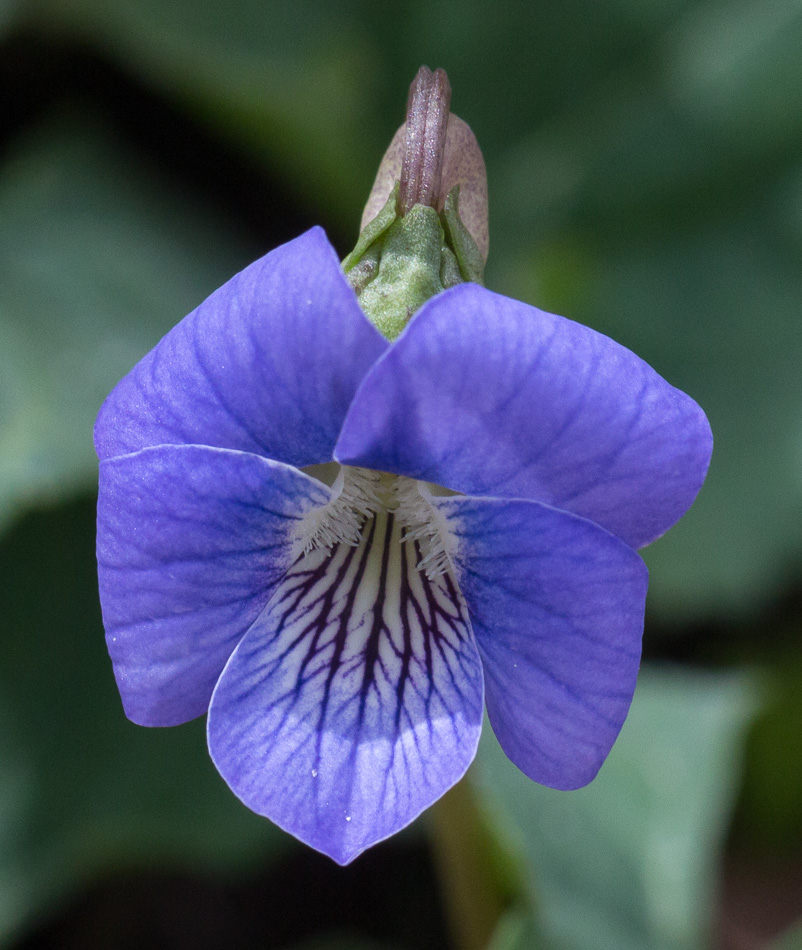
A striking wasp, perhaps a male giant ichneumon, was on a log beside the trail. (by quoderat)

If you want to see birds, you go to Alligator Lake. As usual today we were surrounded by thousands of birds — coots, white pelicans, anhingas, ospreys and so many others — but predominant were the yellow-rumped warblers. In every tree, there were three or four or more of them flitting about.

White pelicans flew overhead, seeking a spot to splash down. These impressive birds are about twice the size of brown pelicans, and are extremely skittish.

When we first arrived, fog blanketed the park but quickly lifted. (fog photo by quoderat, path photo by zanna)


This (lesser?) scaup was also shy, but hung around long enough for a photo. (by quoderat)
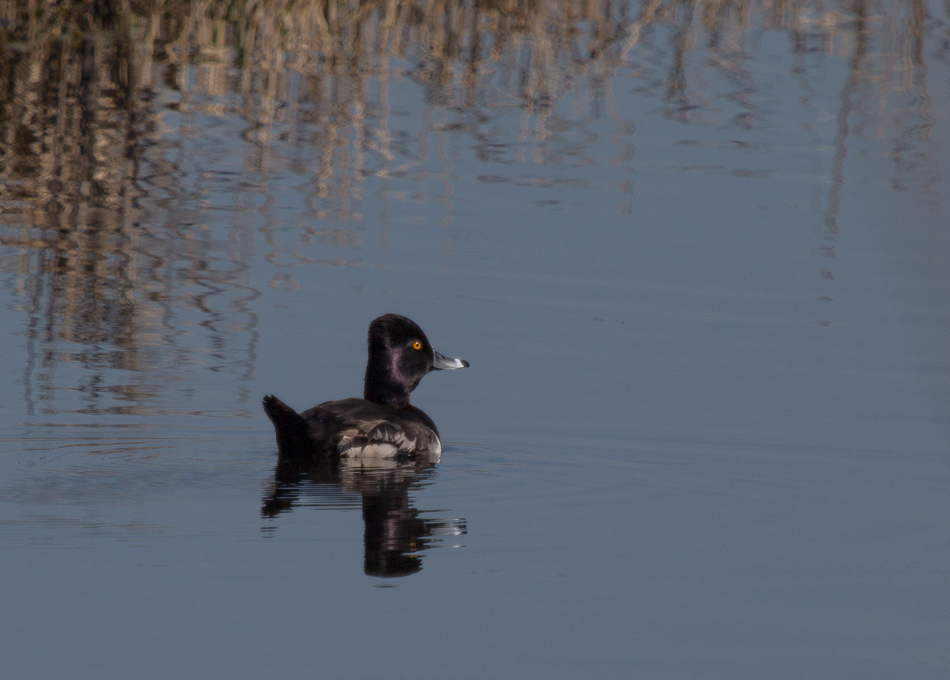
A tree frog attempting to warm up after a cool night. (by quoderat)

This lone glossy ibis foraged in the shallows.

This bird I couldn’t identify, but the photo came out pretty good. (by quoderat)

We had skipped over this state park in our previous visits to the area, but found some wonderful trails this morning at Suwannee River State Park. The lime sink run trail is marked as strenuous, but a few small hills and some tree roots were the worst we encountered on this clear and well marked trail which winds around the short spring fed creek which flows into the Suwannee River. (by zanna)
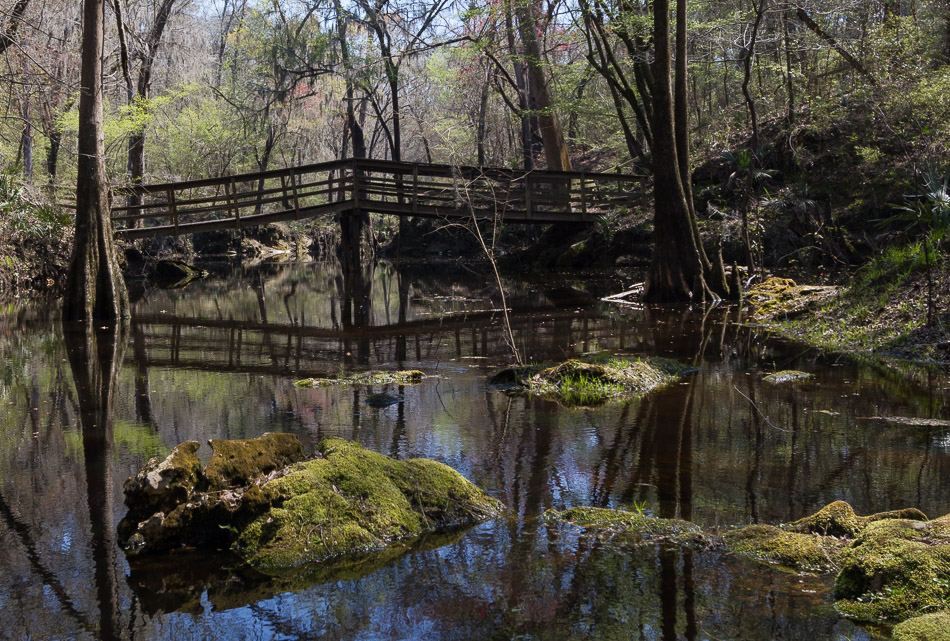
There were many turtles sunning themselves. (by zanna)

It felt like spring, with many trees budding out. Cypress and rain lily by quoderat.


Fishing spider (by quoderat)

There were many bird songs around us. We saw cardinals, a pileated woodpecker and a smaller woodpecker that we didn’t see closely, yellow rumped warbler, what we think was a waterthrush and this which we’re having trouble identifying, but a slightly reddish tail makes hermit thrush likely. (by zanna)
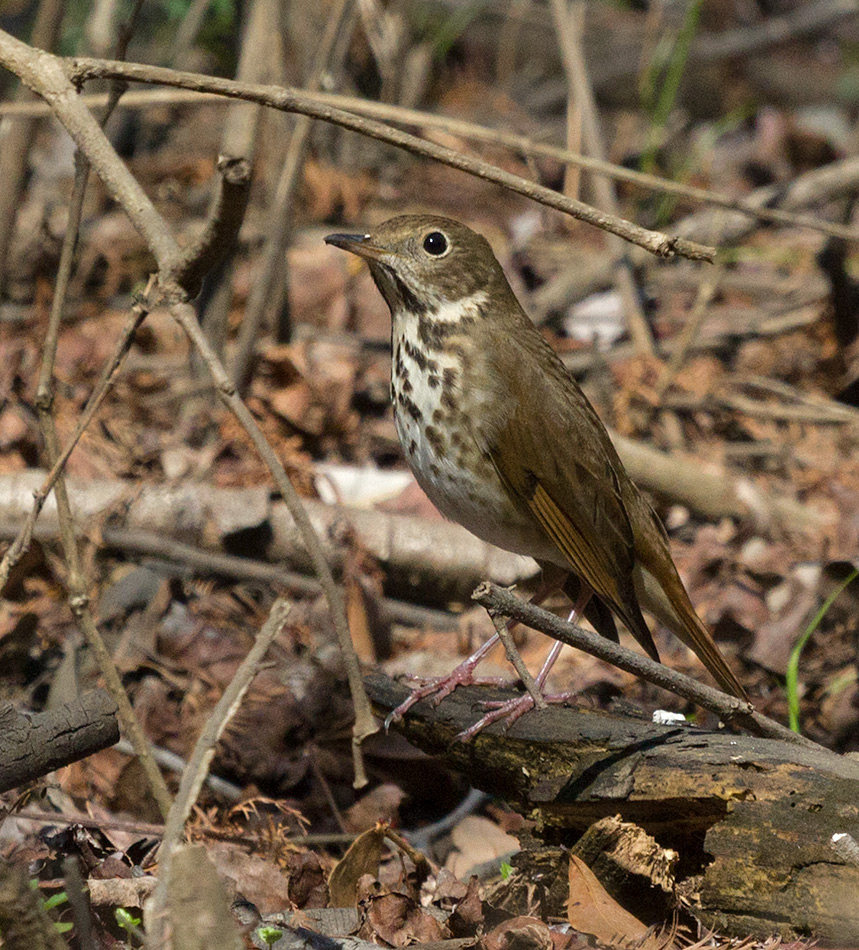
We also saw a hawk, which hid before we managed to get its picture, and then quoderat found and photographed this patient little snake, possibly a juvenile eastern rat snake.

Two moths, the latter is our first sighting of a Luna moth. (by quoderat)

